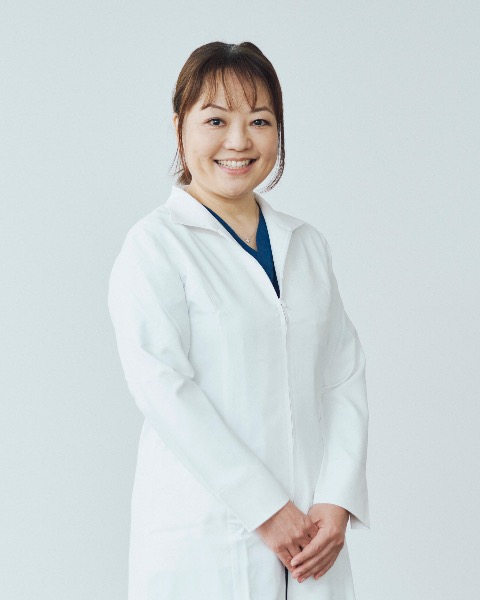Neonatal Fetal Nutrition & Metabolism 1
Session: Neonatal Fetal Nutrition & Metabolism 1
615 - Increased sucking pressure as a key factor in developing oral feeding skills in preterm infants after tube feeding weaning
Saturday, April 26, 2025
2:30pm - 4:45pm HST
Publication Number: 615.5351
Saya Yamada, The Jikei University School of Medicine, Tokyo, Tokyo, Japan; Kensuke Kumazawa, The Jikei University School of Medicine, Tokyo, Tokyo, Japan; Chikako Mori, Research & Development Division, Pigeon Corporation, Tsukubamirai, Ibaraki, Japan; Kanae Yoshibe, Research&Development Division,Pigeon Corporation, Tsukubamirai, Ibaraki, Japan; Ryota Kobayashi, Department of Pediatrics, the Jikei University School of Medicine, Minatoku, Tokyo, Japan; Yuka Inage, The Jikei University School of Medicine, Arakawa-ku, Tokyo, Japan; Daishi Hirano, The Jikei university school of medicine, Ohta-ku, Tokyo, Japan; Kimihiko Oishi, The Jikei University School of Medicine, MInato-ku, Tokyo, Japan

Saya Yamada, MD (she/her/hers)
Associate
Department of Pediatrics, The Jikei University School of Medicine
Tokyo, Tokyo, Japan
Presenting Author(s)
Background: The transition from tube to oral feeding represents a significant developmental milestone for preterm infants, yet the sequence and development of feeding-related skills, such as coordination of sucking and respiration, remain unclear. Understanding these feeding mechanisms may guide the development of targeted interventions to support feeding acquisition in preterm infants.
Objective: To evaluate changes in sucking pressure and respiration patterns before and after tube feeding discontinuation in preterm infants, using a novel device designed to measure both parameters.
Design/Methods: Preterm infants born at our hospital between May 2022 and September 2023 were included in this study. Sucking pressure was measured using a custom device with a silicone-tipped artificial nipple and a semiconductor pressure transducer. Respiratory airflow was measured by attaching the same silicone tube to one side of a nasal prong. Weekly measurements were taken during bottle feeding from the initiation of oral feeding until discharge. Sucking bursts were defined as sequences over 4 seconds or with four consecutive sucks; pauses were defined as breaks lasting more than 2 seconds. Maximum sucking pressure, burst time, pause time, and the suck-respiration ratio during sucking bursts (respirations per suck during bursts) were calculated before and after tube feeding withdrawal.
Results: Nineteen preterm infants were included, with a median gestational age of 26.9 weeks (range: 25.1-28.1 weeks) and a median birth weight of 773 g (range: 611-960 g). There were no differences in burst time (11.9 sec [8.1-14.9] vs. 11.6 sec. [8.7-18.1], p=0.62) or pause time (6.6 sec. [4.6-9.1] vs. 6.2 sec. [4.5-7.2], p=0.31) before and after tube feeding withdrawal within a span of one week. However, maximum sucking pressure was significantly higher post-withdrawal (-109 mmHg [-139 to -84] vs. -132 mmHg [-177 to -125], p=0.0002). The suck-respiration ratio during the sucking burst showed no significant differences (0.54 [0.47-0.82] vs. 0.61 [0.54-0.78], p=0.39).
Conclusion(s): While respiration coordination remained stable, a marked increase in sucking pressure was observed after tube feeding withdrawal, indicating an enhanced oral feeding capability. This increase in sucking pressure reflects maturation in feeding mechanics, facilitating improved oral milk intake in a single suck and supporting the transitional weaning process from tube feeding.

